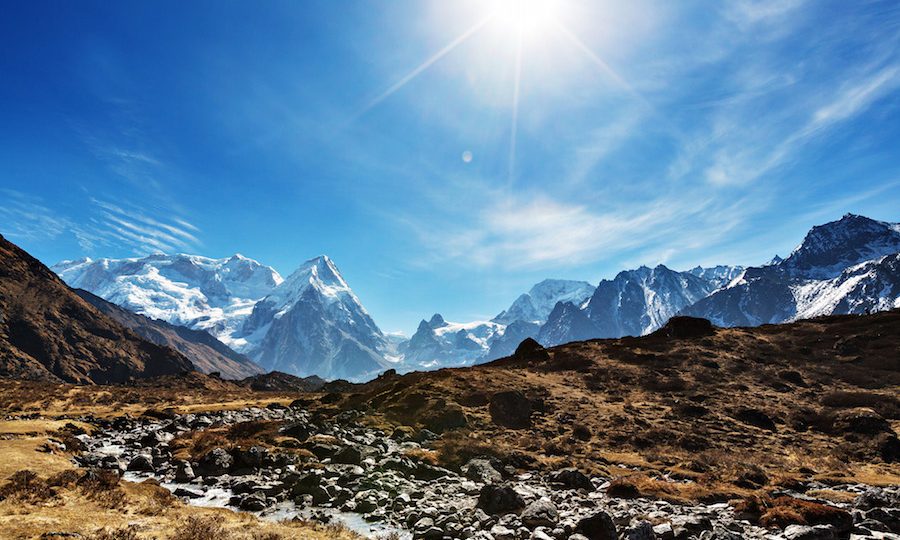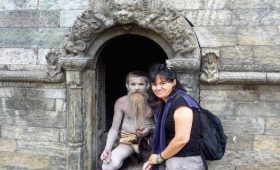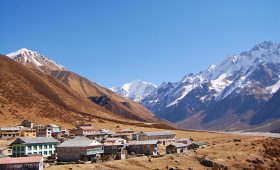The Kanchenjunga Trek is a popular trekking route in Nepal that takes you to the base camp of the third highest mountain in the world, Mount Kanchenjunga. To trek in this area, you will need to obtain the following permits:
Restricted Area Permit (RAP): The RAP is required to enter the Kanchenjunga Conservation Area, which is a restricted area. You can obtain the RAP through a registered trekking agency in Nepal or directly from the Department of Immigration in Kathmandu. The cost of the RAP varies depending on the time of year and the length of your trek, but it costs USD 20 per person, per week.
Trekkers’ Information Management System (TIMS) Card: The TIMS card is required for all trekkers in Nepal, including those trekking in the Kanchenjunga region. You can obtain the TIMS card from the Nepal Tourism Board in Kathmandu or Pokhara, or from a registered trekking agency. The TIMS card costs about USD 20 per person.
It’s important to note that you must trek with a registered guide or porter when you’re in the Kanchenjunga region. This is to ensure your safety and the conservation of the area’s natural and cultural resources. Your guide or porter will also assist you in obtaining the necessary permits and ensure that you are complying with all local rules and regulations.
The Kanchenjunga Trek is a challenging and remote trek that requires proper planning and preparation. It’s recommended that you hire an experienced guide and porter to help you guide the trails and ensure your safety throughout the trek.
Kanchenjunga Conservation Area
The Kanchenjunga Conservation Area lies just below the Mount Kanchenjunga. The area is located in northeastern Nepal in Taplejung District and is bordered by the Tibet Autonomous region by both China and India. During the spring season, the area has wonderful views of Rhododendron, Juniper, Snow leopard, Himalayan bear, Red Panda, and many more creatures.
Frequently Asked Questions – General FAQ
1. Do I need a TIMS card permit for Kanchenjunga Trek?
No, it’s not. TIMS card is not required when you have the restricted permit. But, if you are planning to trek other destinations after the Kanchenjunga trekking like Everest, Manaslu, and Annapurna, TIMS card is required.
2. What are the necessary documents to get the permit?
The applying process is complicated. So, registered local travel company will do it for you. The following documents are required to get the permit:
- The original passport with a valid visa of Nepal
- A group of at least two people
- PP size Photos
3. Is it possible to get the permit for a solo traveller?
We can arrange the ghost permit which means there will be two permits and you will only go on the trek. The guide will say that your trekking partner got ill and return, at permit check post which will not be a problem. Are planning for a solo trekking? Let us know!
4. How long does it take to issue the Kanchenjunga permit?
Generally, it takes approx. 2 hours to issue the Kanchenjunga trek permit during the high season.
5. Can I apply for my own Kanchenjunga trek permit?
Please note that solo trekkers are not allowed to trek in the Kanchenjunga. You must have the following requirements by the Nepal government to file your Kanchenjunga trek permit:
- You must hire at least one authorized person from a local travel agency, either a guide or porter.
- You must be at least two trekkers in one group.
- You must file your special permit through an authorized local travel agency.
If you are keen to trek Kanchenjunga do not hesitate to contact us.






